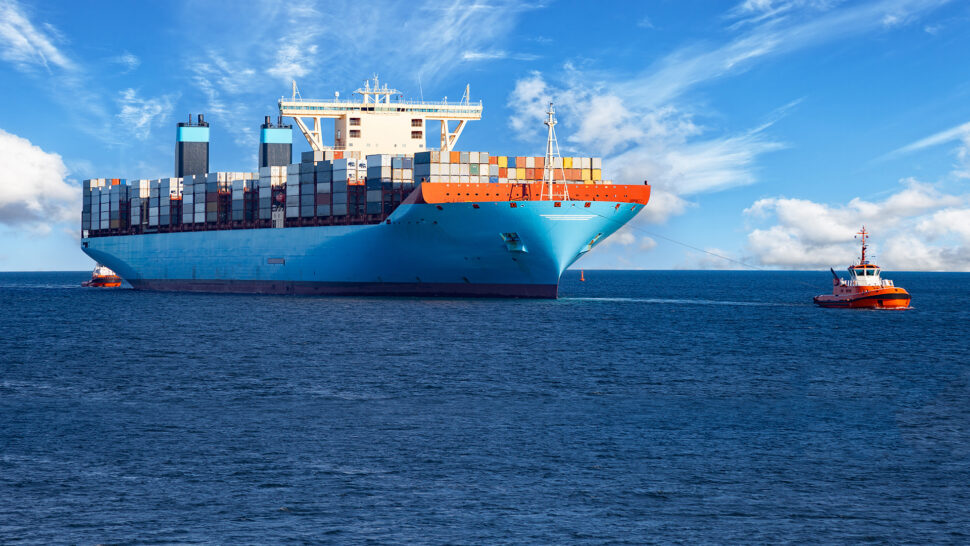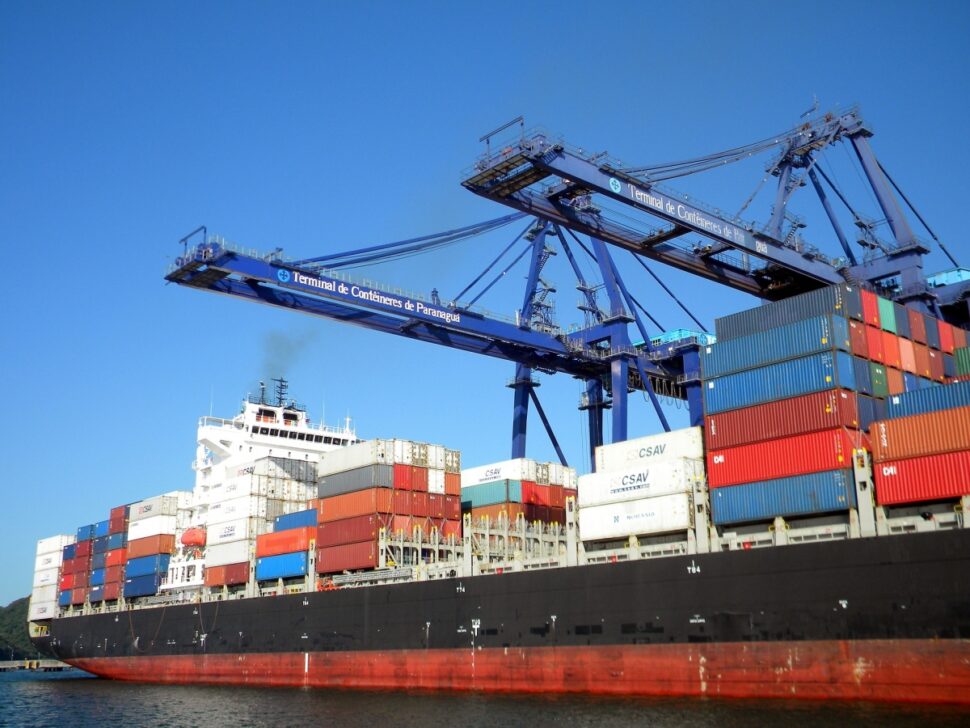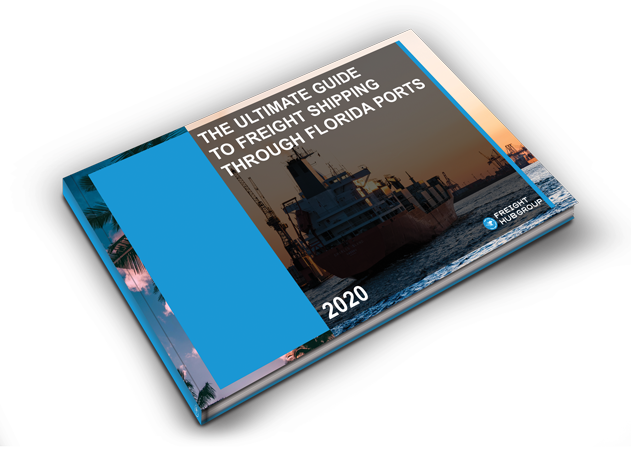Shipping Facts: Everything You Need to Know About Ocean Freight Shipping

These days, getting a product to a customer from the other side of the globe has never been easier thanks to advancements in technology and, of course, the transportation industry. Many reverse logistics companies choose to use ocean freight shipping when they need to ocean transport goods over long distances. It is less expensive than air freight, but it takes more time to arrive at the destination.
There are a few things you need to know about ocean freight shipping before you decide whether it is the right choice for your business. In this blog post, we will explain the basics of ocean freight shipping, including the different types of services, how the process works, and what you need to do to prepare your goods for transport.
What is Ocean Freight – shipment facts ?
Ocean freight shipping is an another of form of freight transportation that can take up to 1,000 times longer than traditional land or air freight. Ocean freight is a shipping method that uses large ships to transport goods between two points over long distances. The main advantage of ocean freight is its low cost and the fact that it can reach remote locations with less time spent in transit.
Ocean freight shipping is used when transporting large items – such as cars or furniture – between different parts of the world. It’s often called “door to door” shipping because goods are delivered directly from the ship to your door. This type of shipping is becoming more popular because it offers faster delivery times and lower costs than other types of transportation.
The most common types of cargo transported by ocean freight include manufactured goods, minerals, agricultural products, and oil.
Ocean freight has become an increasingly important mode of transportation for businesses because it offers several benefits that make it better than other shipping methods:

Ocean Freight Shipping Benefits:
- Low Cost: Ocean freight is cheaper than air or land transportation when both the origin and destination are within the same country or region. This is due to the fact that ocean carriers do not have to pay taxes on their shipments (unlike air carriers), as well as fees associated with port handling and security measures at international ports.
- Increased Flexibility: Because large ships are able to carry a wide variety of containers – each designed specifically for carrying specific types of cargo – companies can use oceanfreight when they know exactly what they need and don’t need extra space on board their vessel..
- Increased security: With increased security comes peace-of-mind knowing that your package will arrive safely even if there are disruptions along the way
How Does Ocean Freight Work?
Ocean freight shipping is a complex and expensive process that requires specialized equipment, experienced personnel, and secure transport.
The three main types of ocean freight are containerized cargo, breakbulk cargo, and LCL (less-than-container load).
- Containerized cargo is the most common type of ocean freight because it’s the simplest to move. Containers are loaded onto ships in bulk and then broken down into individual units for delivery to their final destination. This method is used for products such as electronics or furniture that can be easily packaged and shipped in multiple containers.
- Breakbulk cargo consists of items that cannot be neatly packed into containers but must still be transported by ship. These items include heavy machinery or raw materials that need to be moved quickly from one location to another without being damaged. Breakbulk shipments often require special handling procedures like loading the shipment on deck instead of below decks where it would take up more space, which reduces the risk of damage during transit..
- Less-than-container load (LCL) refers to shipments that are smaller than 20 feet long but larger than 2 cubic yards in weight . LCL shipments usually travel via truck rather than ship because they don’t require as much storage space on board as containerized or breakbulk shipments do..
The three main methods of ocean freight shipping are containerized bulk carriers (CBRs), roll-on/roll-off vessels (RO/ROs), and oil tankers.
- Containerized bulk carriers are the most common type of ocean freight ship. They are divided into 20 foot, 40 foot, 50 foot, and 55 foot containers. These containers can hold up to 9 tons each and are stacked on top of one another like Russian dolls.
- Roll-on/roll-off vessels move goods by rolling them off the deck of the ship onto trucks or trailers waiting below. RO/ROs use specially designed cranes to lift containers from the ship directly into trucks or trailers for transport.
- Oil tankers carry both liquid and solid commodities in large tanks that require special handling procedures when discharged at their final destination .
There are many factors that affect how much it will cost to send your cargo via ocean freight shipping: size , weight , value , origin country , destination country , commodity type , transportation mode (land or water ), seasonality / frequency of shipments etc.. However, there is one thing you can always count on: costs will increase as traffic volumes increase.

Key terminology terms to know for ocean freight:
Ocean freight services can be flexible and convenient, but they can also be complex and difficult to navigate if you don’t know what you’re doing. Here are some key terminology terms to know for ocean freight:
Cargo – This is your shipment’s contents. It may include everything from consumer electronics to military equipment or pharmaceuticals.
Carriage – This refers to the transportation method used to deliver cargo from its point of origin to its destination. You might have different options for how your cargo will be transported, including using a specialized container vessel or using a ship that’s capable of transporting multiple containers at once.
Delivery Date – The delivery date is the date when the carrier will deliver your goods to your customer. This can be anywhere from 3 days to 3 months after your item has been shipped.
Destination Port – The destination port is where your shipment will dock and be loaded onto a ship or truck for transport across the ocean. This can be as far away as Europe or Asia!
Ocean Freight Carriers – Ocean freight carriers are responsible for getting your package from point A to point B either by air or by sea. There are many different carriers out there, each with their own specialty cargo carrier routes.
Ocean Freight Shipments – An ocean freight shipment refers to any package sent through an ocean freighter that requires special handling because of its size or weight. This could include fragile items like art or musical instruments, or larger shipments like furniture items or construction
Cost to Ship by Ocean Freight:
Shipping by ocean freight is becoming increasingly uneconomic as airfreight rates continue to rise. The cost of shipping a package by ocean freight ranges from $2-$4/kg, which makes it more expensive than airfreight when packages weigh between 150 kg and 500 kg. However, the time it takes for a shipment to go by sea can be shortened significantly if the package weighs less than 150 kg and is sent via express air courier.
Recent Posts
Watch our Podcast

THE ULTIMATE GUIDE TO FREIGHT SHIPPING THROUGH FLORIDA PORTS
When it comes to ocean freight shipping in Florida, there is a lot to know to ensure you follow the appropriate steps when shipping into and out of Florida Ports.
Just enter in your email address and receive your FREE E-Book in minutes!